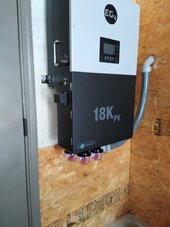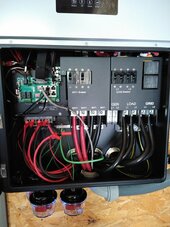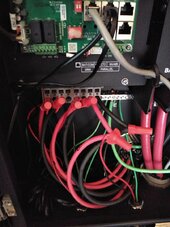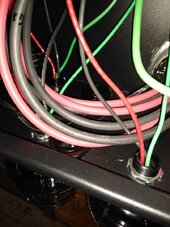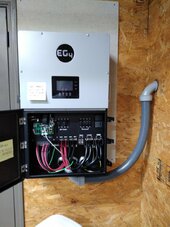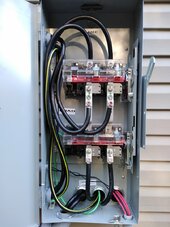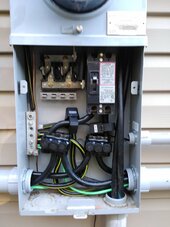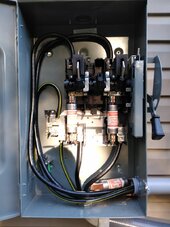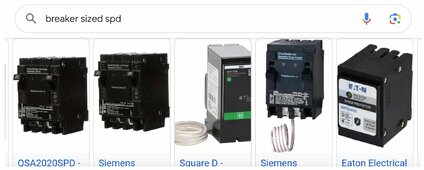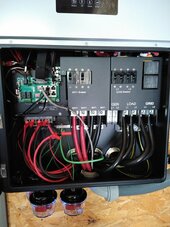Gotshocked!
Solar Enthusiast
I just thought of something. My goal with solar was to be off grid. I'm closing in on that goal. Cut these stupid power poles down. Without the grid, I wouldn't need the 300ac.
Very seldom have I neeed the grid. The inverter is programmed to be off grid and only kicks on when the batteries get down to 10% which hardly ever happens. It doesn't even call on the grid when the ac kicks on but the lights do dim a bit when the upstairs 1.5 ton kicks on. Definitely getting a soft start soon for that.
I could just throw the transfer switch so the grid is off, which is how I ran for the first couple months anyway, and throw it back on should the batteries start getting low.
Very seldom have I neeed the grid. The inverter is programmed to be off grid and only kicks on when the batteries get down to 10% which hardly ever happens. It doesn't even call on the grid when the ac kicks on but the lights do dim a bit when the upstairs 1.5 ton kicks on. Definitely getting a soft start soon for that.
I could just throw the transfer switch so the grid is off, which is how I ran for the first couple months anyway, and throw it back on should the batteries start getting low.




